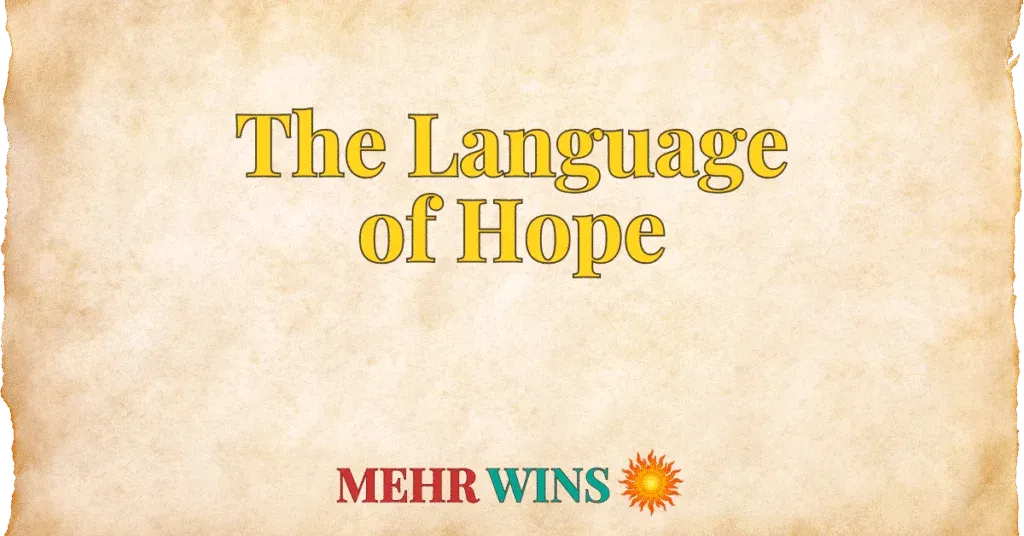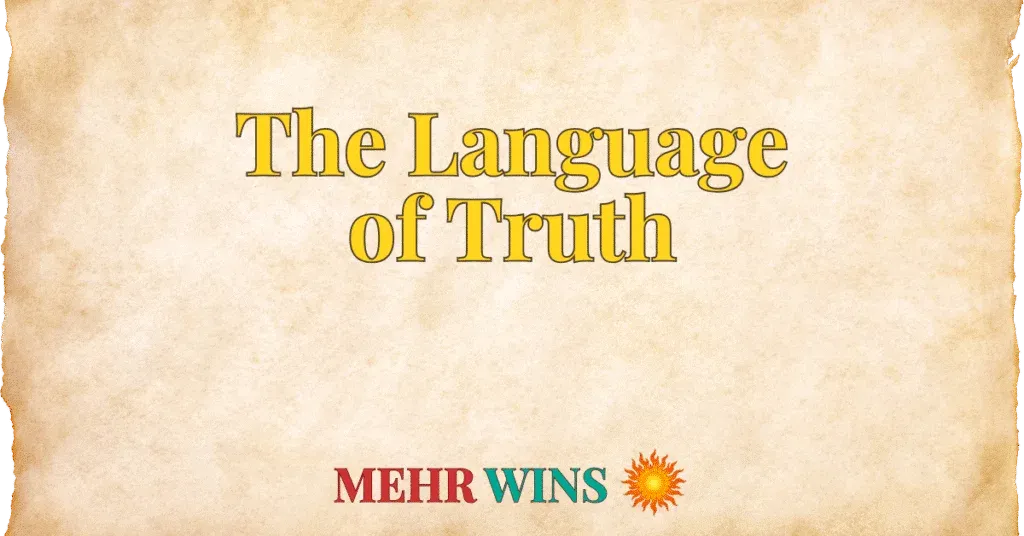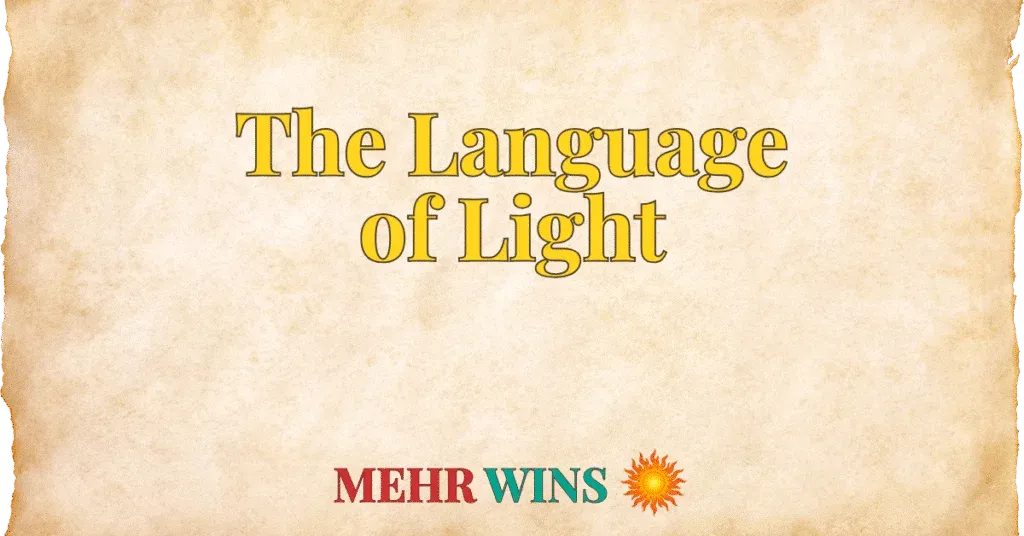
At the heart of every enduring journey, hope is not simply a wish; it is a steady, resilient force that propels us forward. It is the quiet light that guides us through uncertainty, the profound strength that empowers us to begin again, and the deep belief that something better always remains possible, even amidst shadows. This vital inner vision ignites perseverance and fuels the courage to face tomorrow. Persian, with its layered spiritual and poetic language, offers many profound ways to express this steadfast expectation. These ten Persian words reflect the enduring essence of hope, beautifully aligned with the deeper truths this work seeks to illuminate and inspire.
1. امید omid (oh-meed) – Hope, Expectation
Omid is the fundamental belief in future good, a foundational stone for resilience. It’s the quiet conviction that light will return, even in the deepest night, inspiring perseverance.
Example: “She held onto omid like a lifeline, knowing tomorrow held new chances.”
2. انتظار entezār (en-te-zahr) – Waiting, Expectation (with anticipation)
Entezār isn’t passive waiting; it’s an active, hopeful expectation for something desired. It embodies the patient yet eager anticipation of a positive outcome.
Example: “There was a quiet entezār in his eyes for the dawn of a new era.”
3. آرزو ārezū (ah-re-zoo) – Wish, Desire, Longing (often hopeful)
Ārezū captures the heart’s yearning for something to come true. It’s a hopeful wish that fuels aspiration and gives direction to our efforts.
Example: “His lifelong ārezū was to see his children thrive.”
4. نوید navīd (na-veed) – Good News, Promise, Hopeful Tidings
Navīd is the feeling that comes with a positive sign or a hopeful message. It’s the assurance that good things are on their way, bringing comfort and optimism.
Example: “The first spring blossoms were a navīd of warmer days.”
5. خوشبینی khoshbīni (khosh-bee-nee) – Optimism, Positive Outlook
Khoshbīni is the conscious choice to see the best in situations, even when challenged. It’s the hopeful perspective that helps us navigate difficulties with a lighter spirit.
Example: “Despite the setbacks, her khoshbīni never wavered.”
6. اعتماد e’temād (eh’-te-mahd) – Trust, Confidence, Reliance
E’temād is the bedrock of hope—trust in oneself, in others, or in a higher power. It’s the confidence that things will ultimately work out, providing a sense of security.
Example: “His deep e’temād in his team allowed them to take bold risks.”
7. اعتقاد e’teqād (eh’-te-qahd) – Belief, Conviction, Faith
E’teqād is a firm, unwavering belief that often underpins hope. It’s the inner conviction in the truth or possibility of something, even without tangible proof.
Example: “She held a strong e’teqād that humanity could overcome its greatest challenges.”
8. انتظار خیر entezār-e kheyr (en-te-zahr-eh kheyr) – Expectation of Good, Hoping for Well-being
This phrase specifically points to hoping for good and positive outcomes. It’s an active, benevolent form of expectation that looks forward to peace and prosperity.
Example: “After a difficult year, they lived in entezār-e kheyr for brighter days.”
9. دلگرمی delgarmī (del-gar-mee) – Encouragement, Heartfelt Hope, Reassurance
Delgarmī is the warmth and encouragement that rekindles hope. It’s the feeling of reassurance that strengthens one’s resolve and keeps the spirit lifted.
Example: “His kind words were a great delgarmī during her difficult time.”
10. فردا fardā (far-dah) – Tomorrow, The Future (often implying hope)
While simply “tomorrow,” Fardā often carries a subtle layer of hope in Persian culture. It represents the promise of a new day, new opportunities, and the potential for things to improve.
Example: “Every fardā holds the promise of a fresh start.”
Pronunciation Note
To help with pronunciation, Persian transliterations often use the following consonant markers:
• gh – a throaty sound, like French r (غ / ق)
• kh – a deep “h” sound, like the ch in Bach (خ)
• zh – like the s in measure (ژ)
• sh – like sh in shine (ش)
• ch – like ch in cheese (چ)
Stressed syllables are shown in bold within the pronunciation.
Italicized words in parentheses reflect how to say the word phonetically.



